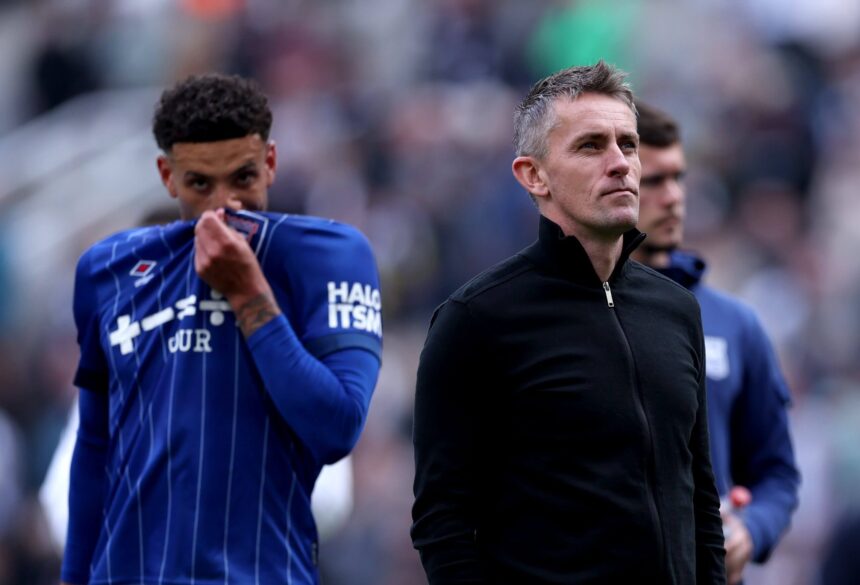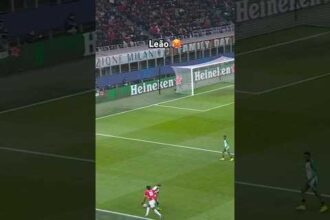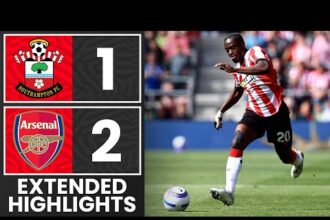Twelve months ago it was champagne and celebrations for Ipswich Town, Leicester City and Southampton. Those festivities were short-lived.
For the first time ever, all three promoted teams were relegated for the second consecutive season.
For Ipswich it was a step too far after back-to-back promotions. For the other two, it has been a season of chaos and disaster, exposing the reality that the best Championship clubs are unable to bridge the widening gap to the Premier League.
Advertisement
Despite their failures, Ipswich, Leicester and Southampton will be favourites to go straight back up again. All three will get two years of parachute payments, which under the new Premier League TV deal will see all three clubs pocket over £90million ($119.9m). As they all came back down immediately, they don’t get a third-year parachute (about £17m in 2027-28), so there is incentive to bounce back quickly.
But who is best equipped to do so? The Athletic takes a look.
Ipswich Town
Ipswich may not have the recent Premier League history of their relegated rivals, especially Leicester, who slipped from challenging in the top division’s top eight consistently, but they could be in the best shape to mount an instant return.
After back-to-back promotions they rode into the top flight on a crest of a wave and, although they needed to bridge the greatest gulf of all three promoted sides, they had the best go at it.
Last summer they had an £88.9m spend as they attempted to turn a squad largely assembled in League One into one capable of competing in the Premier League. It was a significant outlay. They are expected to still owe £14.9million in transfers for next season and beyond, per figures of June 2024.
They were able to keep hold of manager Kieran McKenna, who was discussed as a candidate for the vacant job at Chelsea last summer before they turned to Leicester’s Enzo Maresca, but the momentum wasn’t enough to sustain them in the Premier League.
Kieran McKenna after Ipswich’s relegation was confirmed last month (Alex Livesey/Getty Images)
They have picked up four wins so far, but only one came on home soil, with three on the road at Tottenham Hotspur, Wolverhampton Wanderers and Bournemouth. They drew nine matches and were defeated 21 times.
They were relegated with four games still to go after defeat at Newcastle United, but as The Athletic’s Michael Walker observed the week before their fate was sealed, the mood around Portman Road was in stark contrast to the other two relegated sides.
Advertisement
Where there was resignation, apathy and anger at Leicester and Southampton at the failings of their clubs, the expectations at Ipswich were very different this season.
That may change next season back in the Championship when they are expected to challenge for promotion again, unlike two years ago when they were newly promoted.
Some players will likely move on, most notably striker Liam Delap who has impressed after his £20m move from Manchester City. Ipswich have only scored 33 league goals this season, but Delap has 12 of them. While McKenna has stated it isn’t a foregone conclusion that Delap will leave, a reported relegation clause of £30m will do little to deter suitors.
There were mixed fortunes for the other new recruits, especially striker Sammie Szmodics, but if they find fitness and form next season Ipswich could still be in good shape, especially as Szmodics was the Championship’s top scorer in 2023-24 in a struggling Blackburn Rovers side.
There is stability at Ipswich. The club is debt free and the ownership is popular after their success. They still have McKenna in place, who also remains popular with the fans after relegation.
“The club is in a really strong position,” he said after relegation was confirmed. “There’s still a fantastic togetherness there. It’s a step back now but that’s often the way in terms of taking steps forward.”
Luton Town found it tougher to cope with a drop back into the Championship after a meteoric rise, but Ipswich seem in a better place, both financially and in personnel, than the other relegated clubs.
Leicester City
After a shock relegation two years ago, Leicester fans were warned by the chief executive, Susan Whelan, that the ramifications would be felt for several years to come. Those are proving to be prophetic words.
Leicester fans, angered by the club’s unexpected and rapid decline, have been seeking answers and accountability ever since, and that discontent has only grown during what statistically is looking like the worst season in the club’s history in terms of their points tally, number of victories and clean sheets. They have lost 10 of their last 11 league games and haven’t scored in their last nine home league games, a sequence that has smashed the top-flight record.
As Jamie Vardy, who has announced he is leaving the club after 13 incredible seasons, said, this season has been an embarrassment and “a s***-show”.
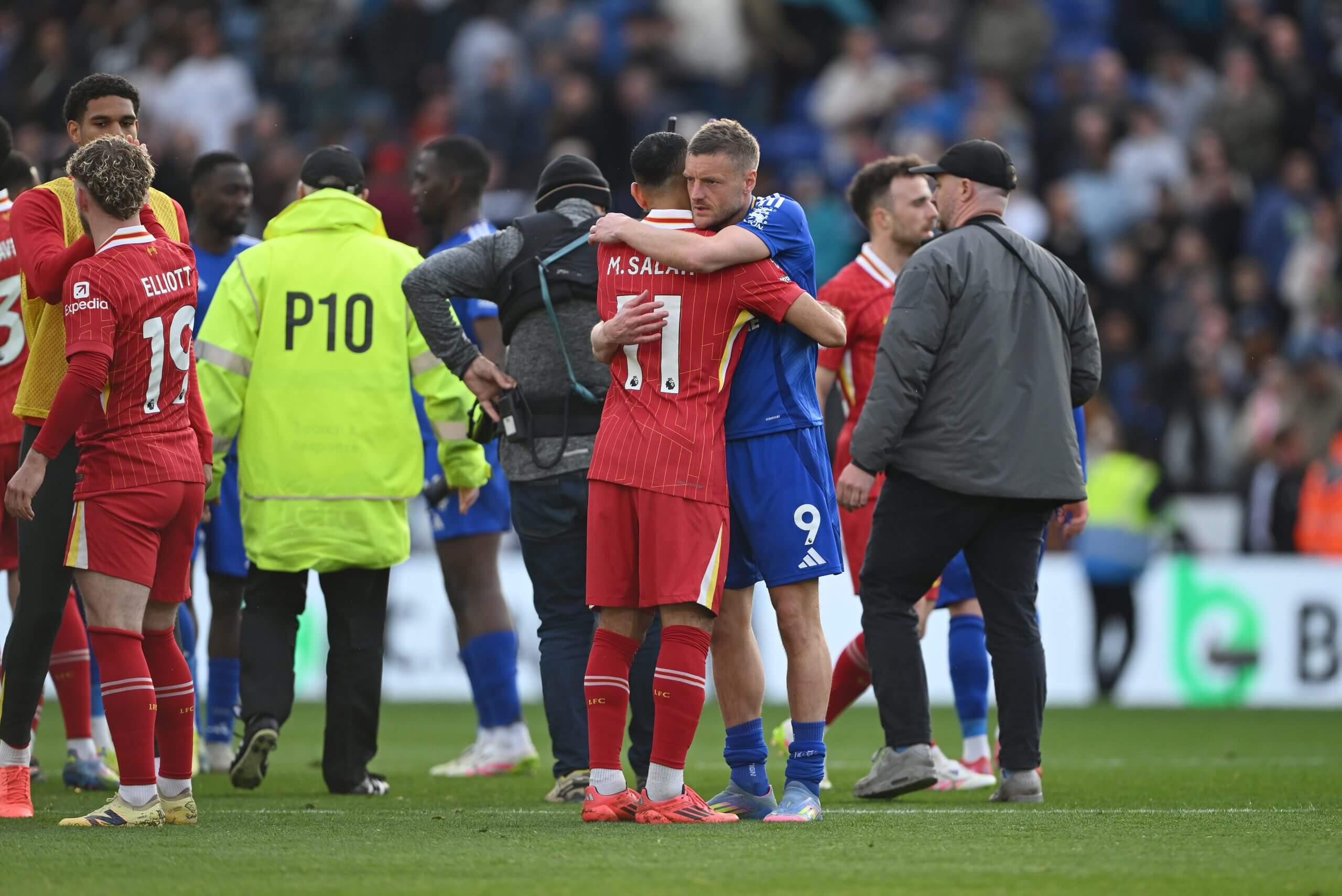
Jamie Vardy has had to endure another relegation (Shaun Botterill/Getty Images)
The anger and the scrutiny on the senior management at the club is only intensifying from the supporters, and also from the league authorities. Leicester have been successful so far in defeating attempts to charge them for possible breaches of profit and sustainability rules since 2022-23, but they could face extra scrutiny when back in the Championship.
Advertisement
The EFL tried to impose a business plan on the club last season, which would have restricted their budget and transfer spending — and force player sales — but weren’t successful at the time. They also encouraged the Premier League to bring charges, but when they eventually did for an alleged breach, Leicester were able to legally argue they were neither a Premier League nor EFL club at the point of a breach when their accounts were registered. That issue is still the subject of a confidential arbitration process.
Last week the EFL announced they had made changes to their PSR regulations to effectively close any loopholes in jurisdiction.
Leicester had the largest budget by nearly £30m (Leicester £107.2m, Southampton £80.7m and Ipswich £44.5m) over their rivals last season when they won the title and promotion, but it is expected they will have to cut their cloth differently this time.
They have no debt to the parent company, King Power International, after chairman Aiyawatt Srivaddhanaprabha converted the last of £420m worth of loans into equity, but they have considerable debt to Australian bank Macquarie secured against transfer fees and television money up to June 2028. As of June 2024, the figure was just under £58million, but a further facility has since been operated secured against remaining Premier League prize money for the current season and next season’s parachute payment.
Vardy, the highest paid player, is leaving and it is expected that other higher earners such as Harry Winks, Jannik Vestergaard, Wout Faes, Boubakary Soumare and Patson Daka will have to move on, while assets Mads Hermansen and Bilal El Khannouss will be sold.
The issue of who will have to oversee this work is still to be decided. Having sacked Steve Cooper after just 12 games last season, Ruud van Nistelrooy became the fifth manager at the club in three seasons. Despite a disastrous subsequent campaign he remains in place, but has repeatedly called for clarity over his position so the club can begin planning for next season.
Leicester have a big decision to make over whether Van Nistelrooy is the man for the huge job ahead, but his continued presence may not appease disgruntled fans who want a completely fresh start next season, although the desire for change in the club’s senior management has been the main focus of protest.
With managerial uncertainty, financial restrictions and a huge squad refresh required, Leicester face a huge summer to be ready for a new Championship challenge.
Southampton
On the face of it, Southampton have even more work to do this summer, starting with who will be the manager next season.
Having sacked promotion-winning manager Russell Martin in December, they then sacked his successor, Ivan Juric, in April when relegation was confirmed. Saints are still fighting to avoid equalling Derby County’s Premier League record for the lowest points total across a season: 11 in 2008. Southampton are currently on that number with four games still to go.
Advertisement
Like Leicester, their poor recruitment has been at the heart of their troubles, but they are currently without a head of recruitment after the departure of Darren Mowbray in April.
The man who now has to find a new head coach and head of recruitment is sporting director Johannes Spors, who was only appointed in February. He needs to work fast to get ahead of their rivals. Two years ago they had appointed Martin early and seemed in a better position.
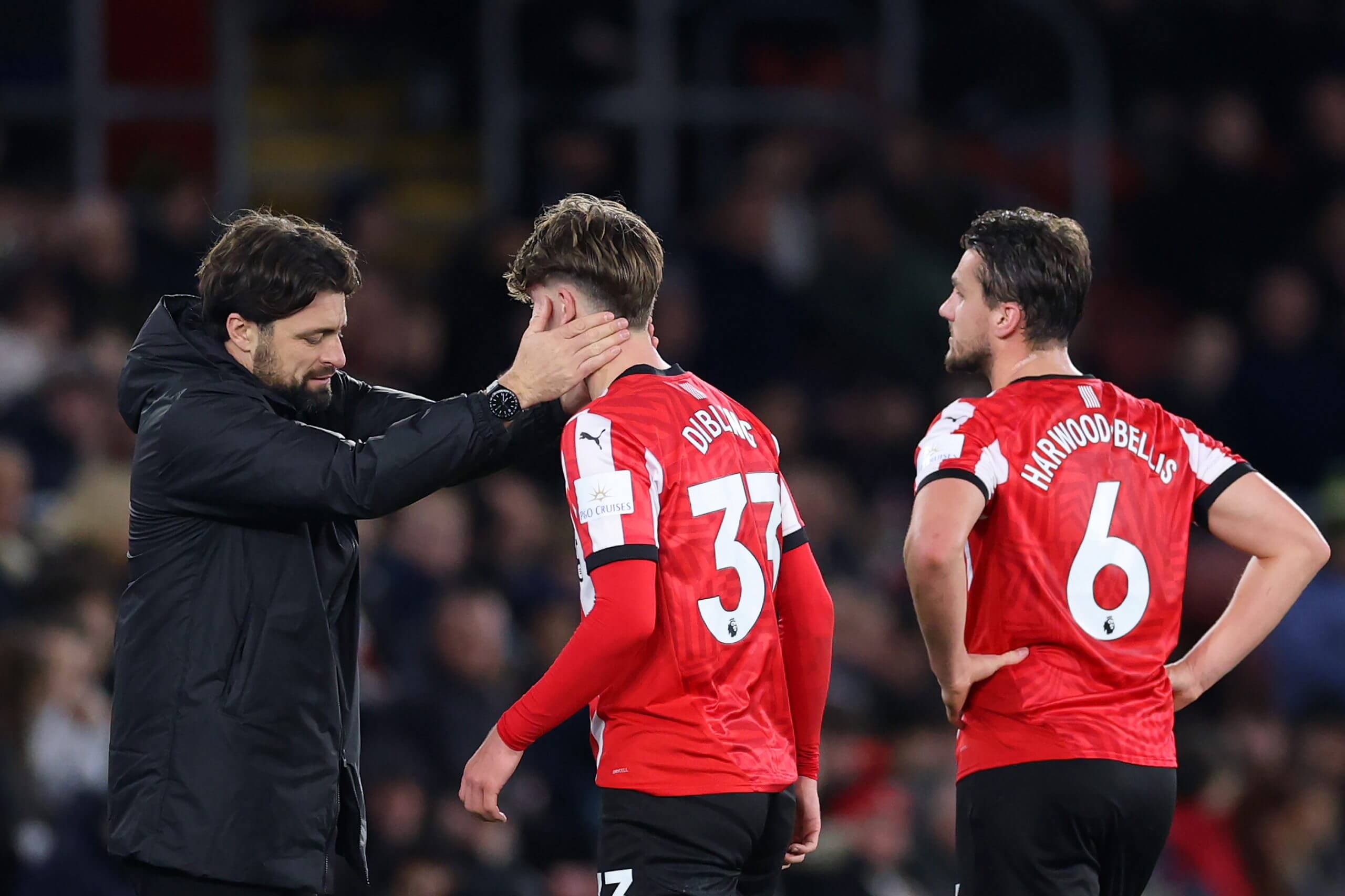
Russell Martin was sacked in December (Dan Istitene/Getty Images)
There seems to be a huge amount of work to reduce a bloated squad and correct many of the transfer errors of the last few seasons.
Kyle Walker-Peters will leave on a free, but there are very few assets to sell now after cashing in Tino Livramento, Romeo Lavia, Nathan Tella and James Ward-Prowse in recent seasons.
Profit from all player trading was £72.4m, and total receipts on the sales of players was £123m, compared with just £7.4m in the 2022-23 season. They reinvested £46.8m net in transfers this season prior to January.
The plus side of that is, unlike Leicester, Southampton go into the summer without PSR issues hanging over them, although they have an £80m high-interest facility — and a £15.6m cash interest payment in 2023-24.
They posted profits of £5.7m for the 2023-24 season and, despite the desperate season they have endured — they have won just one and drawn two of 17 home games so far — their home gates are holding steady at just under 31,000 on average per game.
That doesn’t mean the fans aren’t unhappy with their club’s fortunes in recent seasons. Sport Republic plus chairman and majority shareholder Dragan Solak have certainly made mistakes.
They can’t afford to make any more if they are to regroup and mount a promotion push next season but, like Leicester, they need to make good early decisions that can shape the direction of travel at St Mary’s.
Additional reporting: Chris Weatherspoon. and Jacob Tanswell.
(Top photo: Ipswich Town by Alex Livesey via Getty Images)


